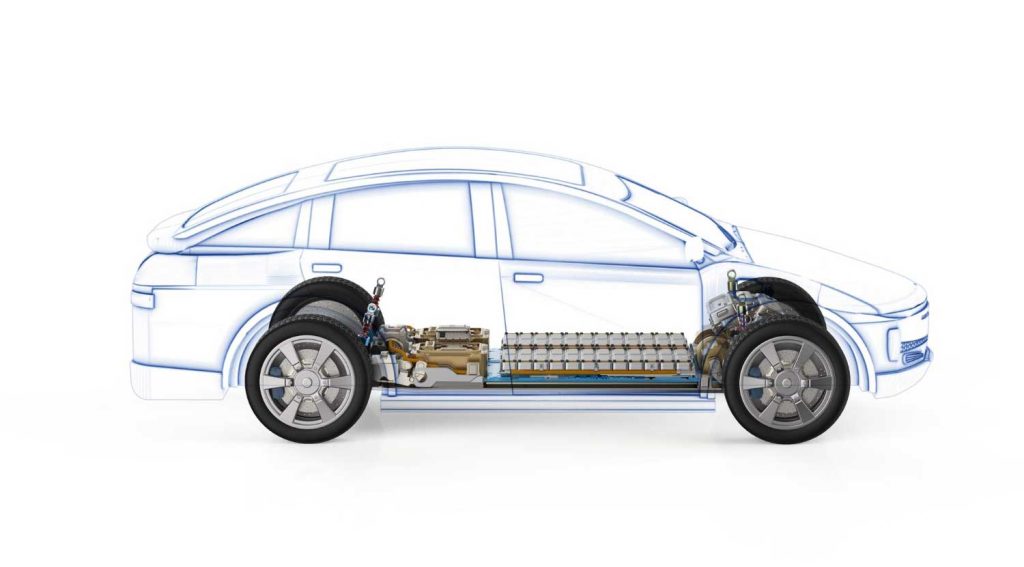China is about to raise the bar, dramatically, on electric vehicle (EV) safety. A new national standard, GB38031-2025, has been unveiled, setting what’s widely considered the strictest EV battery safety requirement in the world. The key rule? No fire, no explosion, under any circumstance during safety tests.
This new regulation represents a fundamental shift in how EV battery safety is measured. Rather than focusing on giving passengers time to escape after a battery failure, China is aiming to prevent fires and explosions altogether, even in extreme test scenarios.

What’s Changing?
Under the current 2020 standard, battery systems had to offer at least a five-minute warning before a thermal event (like a fire or explosion) occurred. The new standard removes that buffer, and instead, demands that batteries not catch fire or explode at all, even when deliberately pushed to failure.
Here’s a breakdown of what the new requirements look like:
Thermal Runaway Tests: No Fire, No Explosion: batteries must survive three extreme failure tests without igniting.
1. Needle Penetration: Simulates a sharp object piercing the battery (e.g. after a collision).
2. External Heating: Mimics high-temperature environments.
3. Internal Heating: Triggers short circuits or spontaneous combustion.
Additional Stress Tests
Bottom Impact Test: Batteries must withstand a hit to the underside (like from road debris) without leaking, rupturing, catching fire, or exploding.
Fast-Charge Endurance: After 300 rapid-charge cycles, batteries are subjected to a short-circuit test. Again, no fire or explosion allowed.
Smoke Control: If a failure does occur, smoke must be non-toxic and cannot enter the passenger cabin for at least five minutes.
Thermal Runaway Observation Period: If a thermal runaway is triggered, the entire battery system must remain stable, no fire, no explosion for at least two hours, with temps staying below 60°C.
Who Does This Apply To?
The rule covers all power batteries in EVs, excluding auxiliary, non-propulsion batteries.
When Do the New Rules Apply?
New models must comply starting July 1, 2026.
Existing certified models get a one-year grace period, until July 1, 2027. Non-compliant vehicles will then be pulled from the market.
Are These New Standards Achievable?
One expert compared the requirement to demanding that a gasoline tank not only not explode when shot, but not even leak fumes. In other words, this is a serious technical challenge. While the standard massively boosts safety in lab tests, it can’t eliminate all risks in the real world, especially under extreme conditions.
It would seem however, that most top manufacturers are confident that they are already close to being able to prevent battery fires. A 2024 industry survey showed 78% of Chinese EV and battery makers believe they are ready to meet the new “zero fire, zero explosion” benchmark.
Why Now?
EV battery technology has come a long way, and the bar is being raised accordingly. The change is also driven by public concern after several high-profile battery fires, like the Xiaomi SU7 incident in March 2025.
What Does It Mean for the Industry?
Safety Tech Leap: Expect faster adoption of safer innovations like solid-state batteries and high-temp-resistant materials.
Industry Shake-Up: Smaller or less advanced players may struggle with the cost and complexity, likely leading to consolidation.
Insurance & Confidence: Safer batteries mean lower insurance and maintenance costs, and higher buyer confidence.
Old vs. New: Quick Comparison
| Aspect | 2020 Standard | 2025 Standard |
| Fire/Explosion | 5-minute warning | Zero fire, zero explosion |
| Key Test | Thermal alert | Must survive 3 failure simulations |
| Bottom Impact | Not required | Mandatory |
| Fast-Charge Test | Not required | Mandatory (post 300 cycles) |
| Smoke Control | Not specified | No visible/harmful smoke in cabin |
| Implementation | In effect | July 2026 (new), July 2027 (existing) |
What About Current NEVs?
Owners of existing EVs may be able to upgrade to compliant battery packs once available. Vehicles that fail to meet the new standard will be removed from the market after the transition deadlines.
China is the world’s largest EV market. In 2024 alone, the country produced 1,170 GWh of lithium batteries, valued at over 1.2 trillion yuan. GB38031-2025 is expected to push the entire sector to a new level of safety and technological innovation.
China’s new EV battery rule isn’t just a regulation, it’s a reset. By demanding a complete end to battery fires and explosions during testing, the country is setting a new global benchmark that could reshape the future of electric mobility.
Related article: Hainan Trials intra-city + provincial, air-to-air Drone Logistics System Linking Mainland









